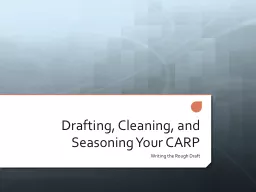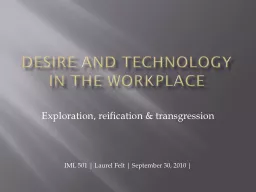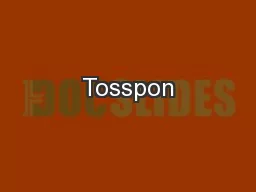PDF-Literature Cited
Author : calandra-battersby | Published Date : 2016-05-18
1 MIFFLIN RW and HH LYSONS 979 Glossary of Forest Engineering Terms USDA Forest Service Pacific Northwest Forest and Range Ex periment Station Portland Oregon 4
Presentation Embed Code
Download Presentation
Download Presentation The PPT/PDF document "Literature Cited" is the property of its rightful owner. Permission is granted to download and print the materials on this website for personal, non-commercial use only, and to display it on your personal computer provided you do not modify the materials and that you retain all copyright notices contained in the materials. By downloading content from our website, you accept the terms of this agreement.
Literature Cited: Transcript
Download Rules Of Document
"Literature Cited"The content belongs to its owner. You may download and print it for personal use, without modification, and keep all copyright notices. By downloading, you agree to these terms.
Related Documents














